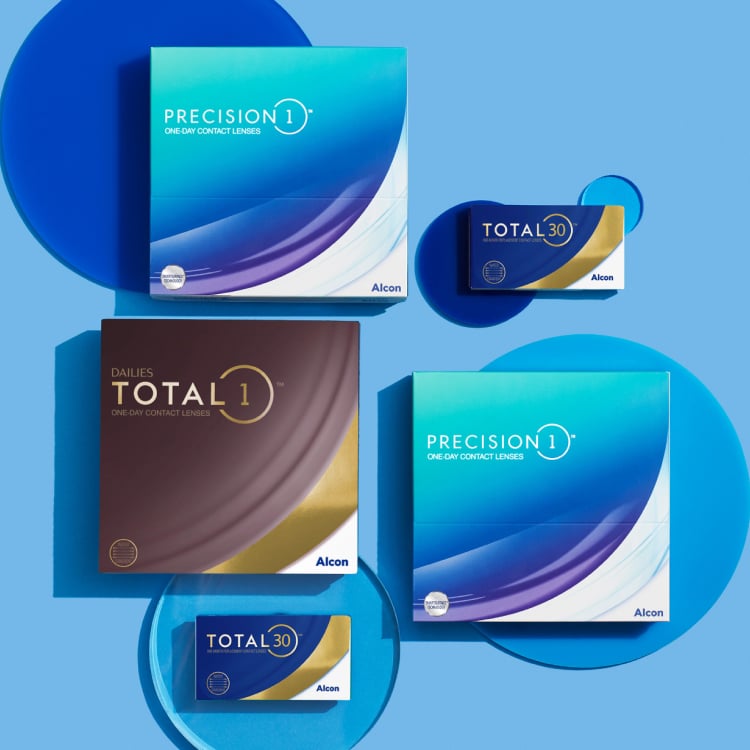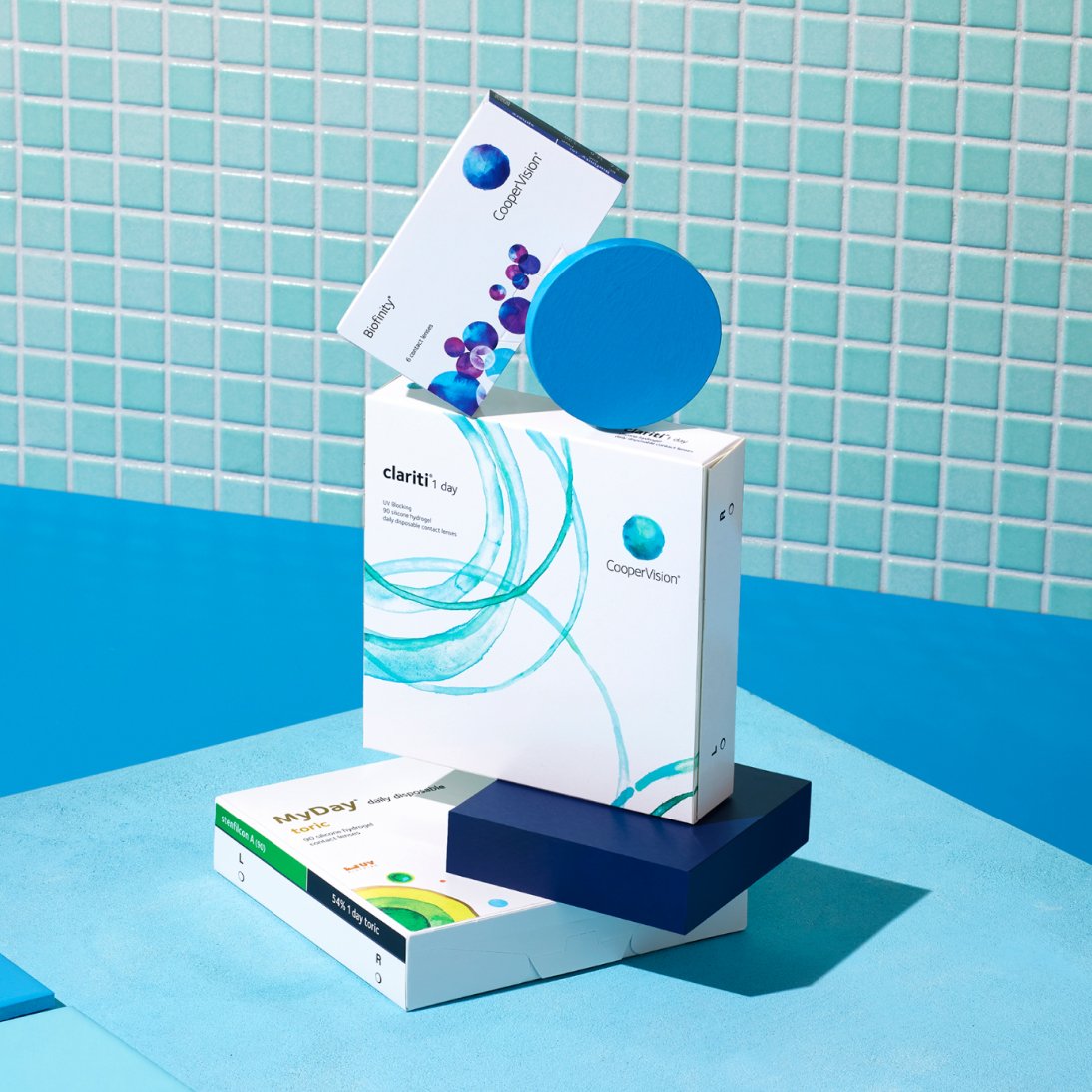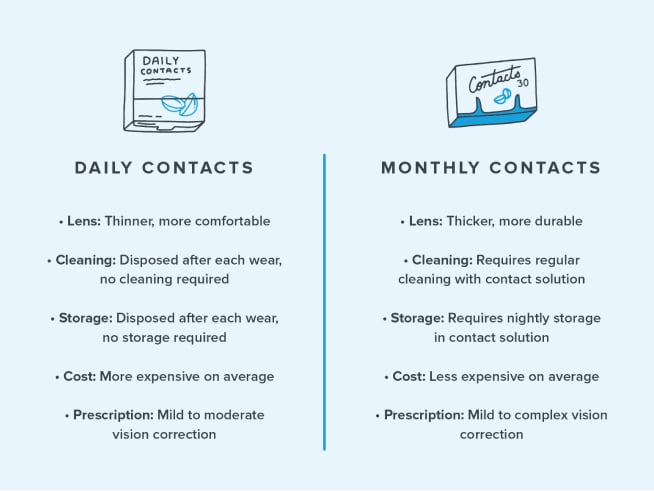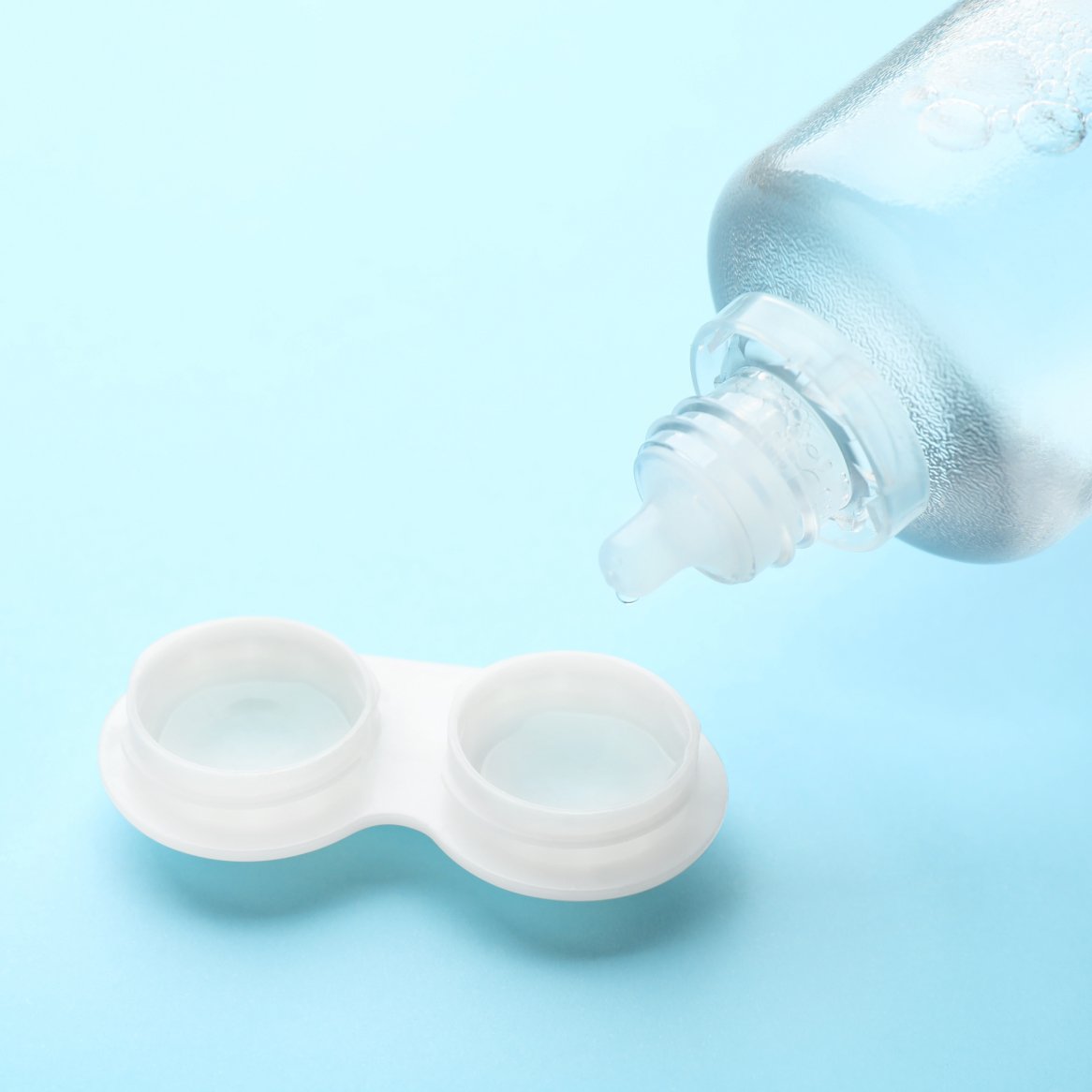These days, more and more people are wearing both contacts and glasses (at different times, of course) for vision correction. And if you’re at all contacts-curious, you may have noticed just how many types of contact lenses there are. How do you know which is the best kind for your eyes?
Daily and monthly contacts are two of the most popular kinds of soft, disposable lenses. In this article, we’ll dive into the difference between daily and monthly contacts, discuss their advantages and disadvantages, and help you explore which type is the better option for you.
What’s the Difference Between Daily and Monthly Contacts?
The key differences between daily and monthly contacts are how many days a person can wear each lens and the type of care they require.
As their name suggests, daily contacts are worn for a day, so you don’t need to store or clean them with solution (because you’re only going to throw them out at the end of the day). In contrast, monthly contacts are worn each day and removed and cleaned nightly for up to a month before being replaced. You’ll need contact solution to both clean and store the lenses, as well as a case to keep them protected overnight (or whenever you’re not wearing them).
To help you determine which type of contact lens is the better option for you, let’s go more in depth about the differences between daily contact lenses vs. monthly ones and how long each can be worn.
Daily Contacts 101
Daily contacts were designed for comfort, convenience, and hygiene: You only use the lenses once and then throw them away. Easy enough, right? Just remember, if you remove these lenses during the day for any reason, you must replace them with a new pair, regardless of how long they were in your eyes.
The reason why dailies should never be reused has to do with their thin, moist, and comfortable design. That thinness allows natural deposits from your eyes to build up more quickly and noticeably if the lenses are used for longer than their recommended wear duration. Reusing daily lenses can also increase your risk of exposure to bacteria, upping the chances of an eye infection.
Monthly Contacts 101
You can typically wear monthly contacts during the day for up to 30 days (hence the name), but after that, throwing the lenses away and replacing them with a new pair is essential. Because these contacts aren’t replaced daily, you must store them in fresh solution between wears to keep them clean and free from germs. (Only use the contact solutions recommended by your eye doctor, as certain solutions may not play well with your lenses.)
Monthly lenses are thicker than daily lenses, a quality that enables them to last longer but can make them less comfortable. This durability allows them to be used for multiple days, but also means that some people are more aware of the feel of the lenses while wearing them, due to their thickness or a buildup of natural deposits from the eyes.
Even though certain monthly contact lenses advertise that they can be worn overnight, for several days, or even replaced weekly or monthly, it’s not a good idea to sleep with contacts in without checking with your eye doctor first.
How Many Hours Can You Wear Monthly vs. Daily Contacts?
Most types of soft, disposable contact lenses can be worn for 12 to 16 hours at a time, but be sure to consult your optometrist on this question first. The number of recommended hours of wear can vary depending on the lens, manufacturer, and any eye conditions you have.
Remember—it’s always best to remove your contacts before bed at night to give your eyes a chance to rest and prevent infection.
Factors To Consider When Choosing Between Daily and Monthly Contacts
Daily and monthly contacts are both convenient in different ways and for different lifestyles. Here’s what you should consider before making your choice.
Your Prescription and Eye Conditions
Your visual acuity and refractive errors (such as myopia, hyperopia, and astigmatism) will help determine whether daily or monthly lenses are most suitable for you. Daily lenses are a good idea for most kinds of vision correction, but if your eye prescription is complex, it may not be available in daily contacts—and your doctor may recommend monthly or specialty contacts instead.
The lens you use should also take any eye conditions you might have into account (your optometrist will be the authority on this!).
Be aware that contact lenses can’t accommodate every prescription out there—sometimes glasses are your best bet.
Comfort
Are daily or monthly contacts more comfortable? Thanks to technology, both are pretty comfy for your eyes, but dailies have the slight advantage. Most modern contact lenses are made up of hydrogel or silicone hydrogel, both of which allow oxygen to reach the cornea and thereby keep your peepers feeling fresh.
In other words, after you adjust to wearing your lenses, most contacts should feel good on your eyes. But that doesn’t mean discomfort can’t occur—book an appointment with your optometrist if you’re having difficulty with your contacts.
Cost
The cost of contacts can differ significantly depending on your lens type, but dailies start at about $1 per day, whereas monthlies might average $15 to $25 per month. Before making any decisions, analyze your budget to determine what you can afford.
Lifestyle and Maintenance
When choosing whether daily or monthly contacts are better for you, it’s also a good idea to consider your day-to-day activities.
Let’s say you’re an athlete, have a busy schedule, or choose not to wear contacts every day—daily contacts might be more suitable because they require less maintenance. People with dailies don’t have to worry about cleaning the lenses because you just throw them away each night and put in a new pair each morning.
However, a monthly lens may work better for people who find solace in a daily cleaning routine or those who don’t want to keep a large stock of contacts on hand.
Can You Switch From Monthly to Daily Contacts?
With the approval of your optometrist, yes! Switching from monthly to daily contacts might sound a little tricky, but it’s not—in fact, it may be good for you, especially if you’re often on the go. Putting in soft daily contacts works the same way as putting in monthly contacts, and the same goes for taking them out.
Having said that, before making any decisions, be sure to consult with your optometrist to find out whether you’re a good candidate for daily contact lenses.
Daily vs. Monthly Contacts: A Visual Aid
Are Daily Contacts Better Than Monthly Ones?
While daily contacts may be more suitable for some people, they’re not “better” than monthly contacts. Sometimes they’re seen as a safer choice because there’s no day-to-day build-up of natural deposits, but again, that doesn’t necessarily make them better. Everyone’s needs are different, and both types of lenses have their advantages.
Monthly vs. Daily Contacts: Who’s the Winner?
Both monthly and daily contacts have pros and cons, but choosing between them comes down to three key things: your prescription, your lifestyle, and your optometrist’s advice. There’s no clear winner, just your visual needs and what will work best for you.







